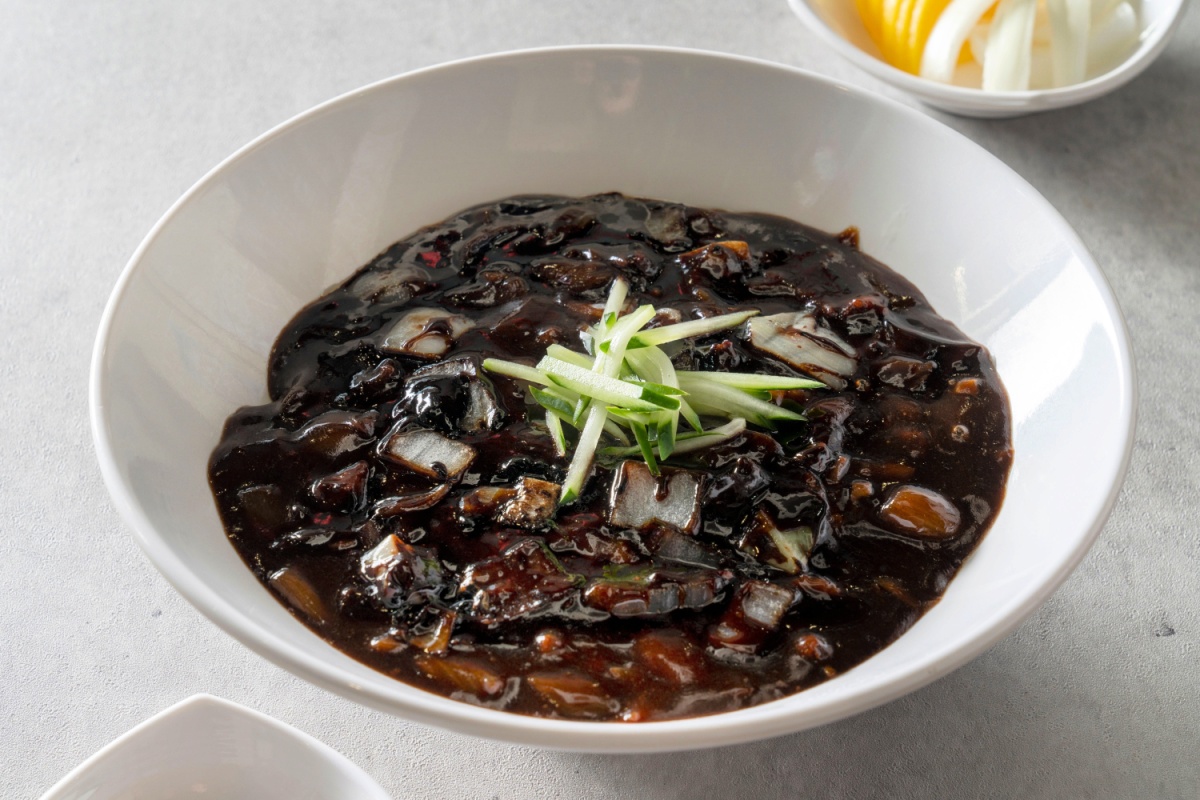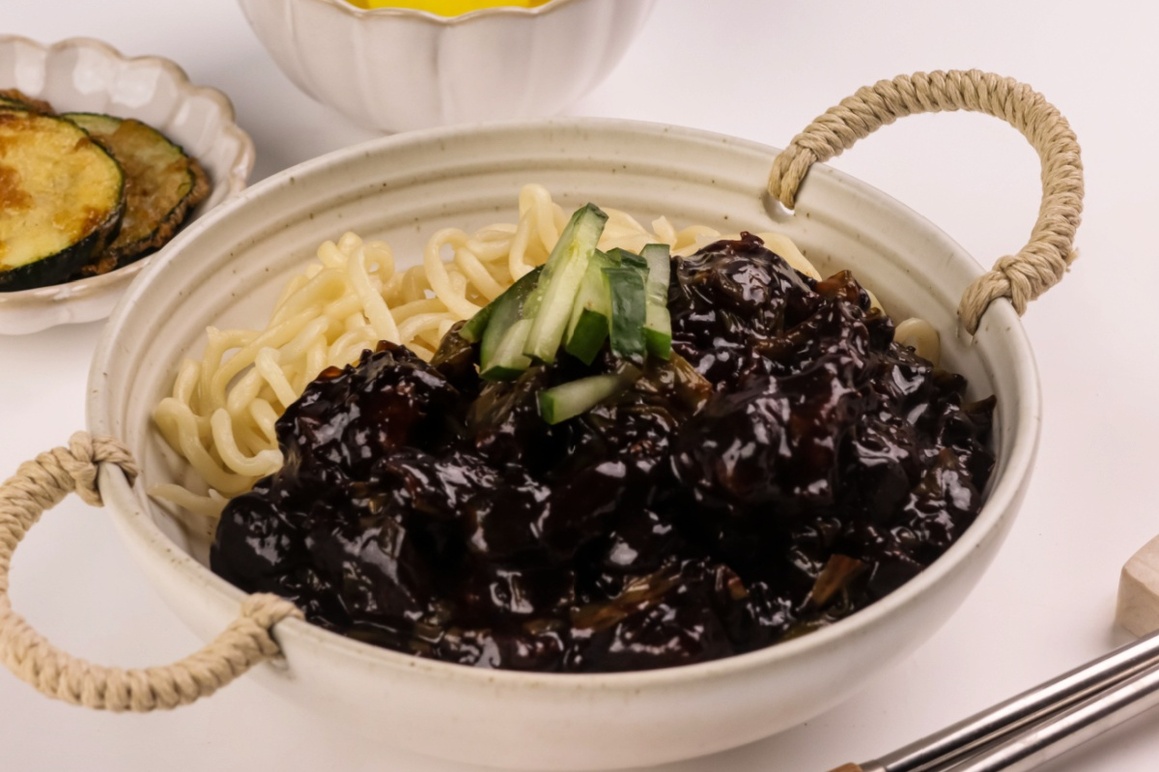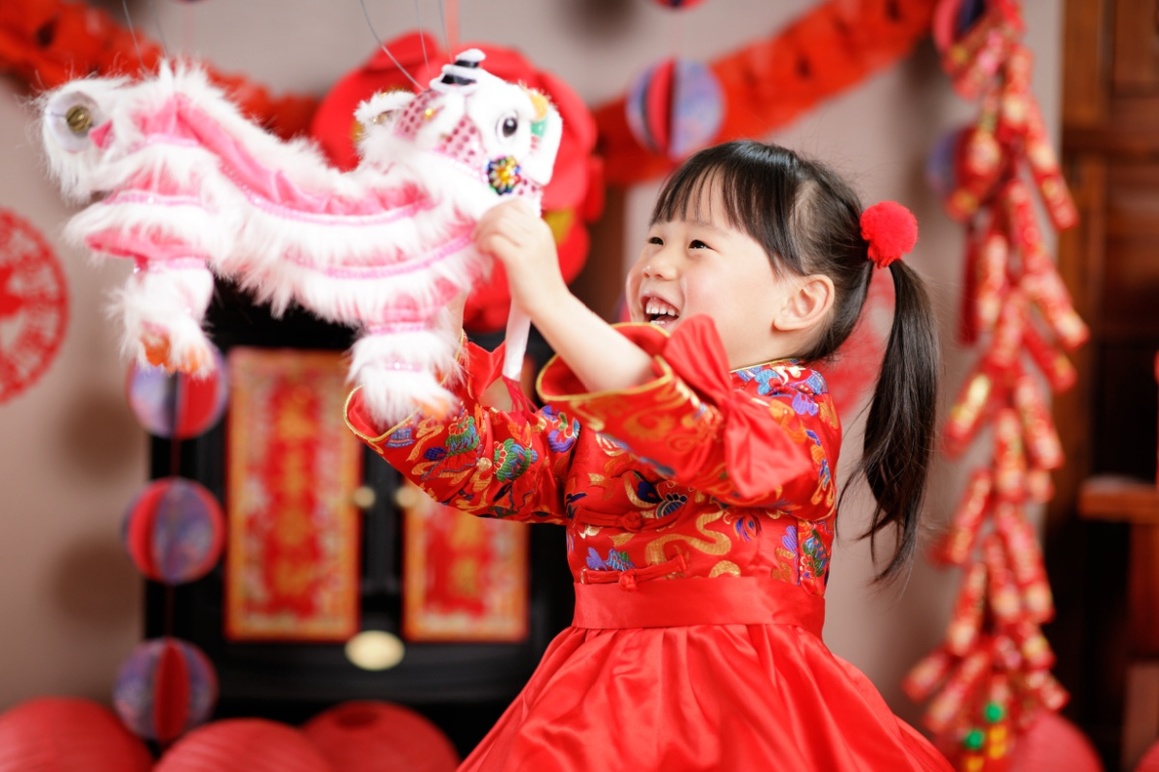Savory Black Bean Sauce

Savory Black Bean Sauce
A rich, savory dip or a flavorful accompaniment to our Marvelous "Mantou" Chinese Steamed Buns!
Happy & Healthy Cooking,
Fun-Da-Mentals Kitchen Skills
- measure :
to calculate the specific amount of an ingredient required using a measuring tool (like measuring cups or spoons).
- sauté :
to cook or brown food in a pan containing a small quantity of butter, oil, or other fat.
- stir :
to mix together two or more ingredients with a spoon or spatula, usually in a circle pattern, or figure eight, or in whatever direction you like!
Equipment Checklist
- Medium saucepan
- Can opener
- Measuring cups
- Measuring spoons
- Wooden spoon
Ingredients
Savory Black Bean Sauce
- 1 15-oz can black beans (for LEGUME ALLERGY sub 1 red bell pepper, diced, if no nightshade allergy present)**
- 1 vegetable bouillon cube **
- 1 C water
- 1 T soy sauce **(for GLUTEN ALLERGY sub liquid aminos; for SOY/GLUTEN ALLERGY sub coconut aminos)**
- 2 tsp rice wine vinegar
- 1 garlic clove, grated
- 1 tsp grated ginger
- 1 T vegetable oil **
- 2 tsp granulated sugar or honey
- 2 tsp cornstarch
Food Allergen Substitutions
Savory Black Bean Sauce
- Legume: For 1 15-oz can black beans, substitute 1 red bell pepper, diced, if no nightshade allergy is present.
- Gluten/Soy/Nightshade: Check bouillon label for possible allergens and, if necessary, use water only.
- Gluten/Wheat: Substitute liquid aminos or coconut aminos for soy sauce.
- Soy: Substitute coconut aminos for soy sauce. Substitute canola oil or other nut-free oil for vegetable oil.
Instructions
Savory Black Bean Sauce
measure + simmer
For this super simple and tasty sauce, into a medium saucepan, measure and combine 1 can of black beans, 1 vegetable bouillon cube, 1 cup water, 1 tablespoon soy sauce, 2 teaspoons rice wine vinegar, 1 grated garlic clove, 1 teaspoon grated ginger, 1 tablespoon vegetable oil, 2 teaspoons sugar, and 2 teaspoons cornstarch. Simmer for about 10 minutes until a thick, spreadable sauce forms. Stir the sauce as often as you like along the way.
serve + dunk
Black bean sauce is a Chinese food staple. Often it is served as a condiment with a variety of different dishes. Serve your Savory Black Bean Sauce alongside Marvelous "Mantou" Chinese Steamed Buns. Dip, dunk, and devour! "Ganbei" (gahn bay) or "Cheers" in Chinese!

Hi! I’m Black Bean!
"My full name is "black turtle bean" because of my hard outer shell, but you can just call me "black bean." I'm a variety of common bean, although I'm anything but common! I bring a distinctive shiny look, sweet taste, and meaty texture to Latin American, South Asian, Cajun, and Creole cuisines."
History
- Globally, there are 13,000 known varieties of beans. They include the white bean, like the Italian Cannelini, Great Northern, and Navy Bean; the black turtle bean (usually shortened to black bean); and the pinto bean. What kind of beans are you using today?
- Beans were one of the first foods gathered, according to archaeologists. Our hunter-gatherer ancestors used beans as food tens of thousands of years ago. They were grown around 7,000 years ago in the Middle East.
- In ancient Greece, public officials were elected if they picked the single white bean from a bunch of black beans.
- In the 15th century, Spanish explorers brought beans to Europe when they returned from voyages to the New World. Then, Spanish and Portuguese traders took them to Africa and Asia to sell.
- Beans are now prevalent worldwide, primarily due to their use as an inexpensive, plant-based protein.
- Today, the largest commercial producers of common dried beans are India, China, Indonesia, Brazil, and the United States.
- North Dakota grows forty percent of the beans in the US, more than any other state!
- Brazil grows the most beans in the world.
- In Nicaragua, newlyweds are given a bowl of beans for good luck.
Anatomy & Etymology
- Did you know: Beans are technically a fruit!
- Beans are legumes, so they have seeds that dry in the seed pod. Other legumes include lentils, peas, peanuts, and soybeans.
- Beans plants leave the soil better and healthier than before they were planted. Most plants deplete the soil, but not beans. This is because they have nodules on their roots that add nitrogen, which the soil needs.
- The world's tallest bean plant was over 45 feet tall! That's the equivalent of three average-sized giraffes stacked on top of one another. The plant was grown in the USA in 2003.
- The word "bean" was first used before the 12th century. It comes from the Old English "bēan," from the Proto-Germanic "bauno," and is related to the Dutch "boon" and German "Bohne."
How to Pick, Buy, & Eat
- Beans are harvested at full maturity when their pod reaches about six inches long, and the leaves turn brown and fall off about 75 days after the beans are planted.
- When harvested, the shells are broken open, and the beans are collected as long as they are dry. If they're not thoroughly dried, they can be hung up to finish drying before they're popped from their shells.
- We can't eat raw, uncooked beans. Why? Because beans have something called lectins that are poisonous, and the only way to remove most of these lectins is to cook the beans.
- If you're using dried beans, soak them before cooking to remove "antinutrients," compounds that block the absorption of nutrients.
- Dried beans are generally available in prepackaged containers as well as bulk bins; both canned and dried beans are available throughout the year.
- Canned beans can stay fresh for years!
- Combine the creamy texture of beans with a whole grain such as brown rice, and you have a virtually fat-free high-quality protein meal.
- Beans are made into burgers, dips, brownies, cakes, dips, fudge, muffins, pies, and drinks (coffee and cocoa beans). They can also be used in jewelry, toys, and musical instruments. "Bean bag chairs" are made with polystyrene "beans," but the small bean bags for play are sometimes made with real dried beans.
Nutrition
- Beans are complex carbohydrates and high in fiber, which keeps our digestion strong and smooth and our tummies happy.
- Beans are excellent sources of iron, magnesium, and potassium. The body needs these minerals to grow, develop, and stay healthy.
- Beans supply several B vitamins to our diet, especially folate (B-9). These vitamins contribute to healthy brain function, formation of red blood cells, increased energy, and decreased cancer and cardiovascular disease risk.
- The fiber and protein in beans are good for stabilizing blood sugar. They are popular with vegans and vegetarians because they replace some of the nutrients found in meat.
Beany Expressions:
- Bean counter = an accountant
- Bean pole = describing someone tall and thin
- Cool beans = when something is cool
- It doesn't amount to a hill of beans = when something doesn't add up to much
- Full of beans = full of energy, enthusiasm
- Hasn't got a bean = doesn't have any money
- Not worth a bean = not worth anything
- Spill the beans = dish the dirt, tell the truth
History of Black Bean Sauce!

- Black bean sauce is made with fermented black soybeans, called "Douchi." We know black soybeans have been fermented for at least 2,100 years because they were found in a Han Dynasty tomb in Changsha, China, where they had been buried since 165 BCE. Black bean sauce has been a popular condiment since then, primarily in Chinese dishes.
- Other ingredients in black bean sauce may include ginger, garlic, soy sauce, and Chinese black rice vinegar. The sauce is often used in stir-fried meat and vegetables, fried rice, noodles, and as a filling or spread for steamed buns.
Let's Learn About China!

- China's official name is The People's Republic of China. It became a republic in 1912; however, the first Chinese dynasty appeared around 2100 BCE. China is one of the largest countries in the world, and it has the most people!
- The official language of China is Mandarin. However, various dialects are spoken in different regions of the country. For example, in Shanghai, they speak Shanghainese.
- China is around the same size as the continental United States but only has one official time zone. The continental US has four.
- China's capital city is Beijing, while the most populated city is Shanghai.
- The Great Wall in China is the largest man-made construction on Earth, stretching an incredible 5,500 miles. Its builders used mortar that included sticky rice to bind the Great Wall's stones!
- China's land is diverse, with high mountains, low coastal lands, deserts, and damp tropical areas. Just like the United States!
- The Chinese are known for their papermaking, porcelain, and silk cloth. In addition to paper, they also invented the compass during the Han dynasty (202 BCE to 220 CE), woodblock printing in the Tang dynasty (by 7th century), gunpowder in the Tang dynasty (9th century), and movable type made of porcelain (for printing) between 1039 and 1048 CE, during the Song dynasty.
- Chinese cuisine varies by region. Climate, local agriculture, ethnic and class backgrounds, and outside influences all contribute to China's food diversity. There are eight major regional Chinese cuisines: Anhui, Cantonese, Fujian, Hunan, Jiangsu, Shandong, Szechuan, and Zhejiang.
- Wheat is farmed in northern China, so noodles and other foods made from wheat are consumed more in the North. On the other hand, rice is cultivated in southern China; therefore, rice is a staple in the South.
- Tea has long been part of Chinese culture across all parts of society. China was the first country to grow and drink tea and, today, it exports the most green tea worldwide.
What's It Like to Be a Kid in China?
- School success is greatly emphasized in China. Chinese kids go to school five days a week (six days before 1995), and their school day runs from 7:30 or 8 am until 4 or 5 pm. After school, they might do homework for three hours.
- In primary school, kids learn the Chinese language, which is made up of about 7,000 characters, not letters. The characters represent words. By the time they finish primary school, they will have learned about 4,000 characters. They will also learn a foreign language, especially English.
- Kids may not have aunts, uncles, or cousins because, at one time, the Chinese government allowed couples to have just one child due to the high population. That later changed to two, and in May 2021, the policy changed again to allow three kids, so now a child may have a sibling or two.
- Some of the holidays that kids celebrate with their families are Chinese New Year, the Dragon Boat Festival, and National Day. National Day is celebrated with fireworks and parades to commemorate the formal proclamation of the People's Republic of China on October 1, 1949.
- Kids enjoy playing ping pong, basketball, volleyball, and badminton. They also play video games and ride their bikes.
- Rice and noodles are staples, and kids may eat these at every meal. They'll eat their food using chopsticks, not forks!




